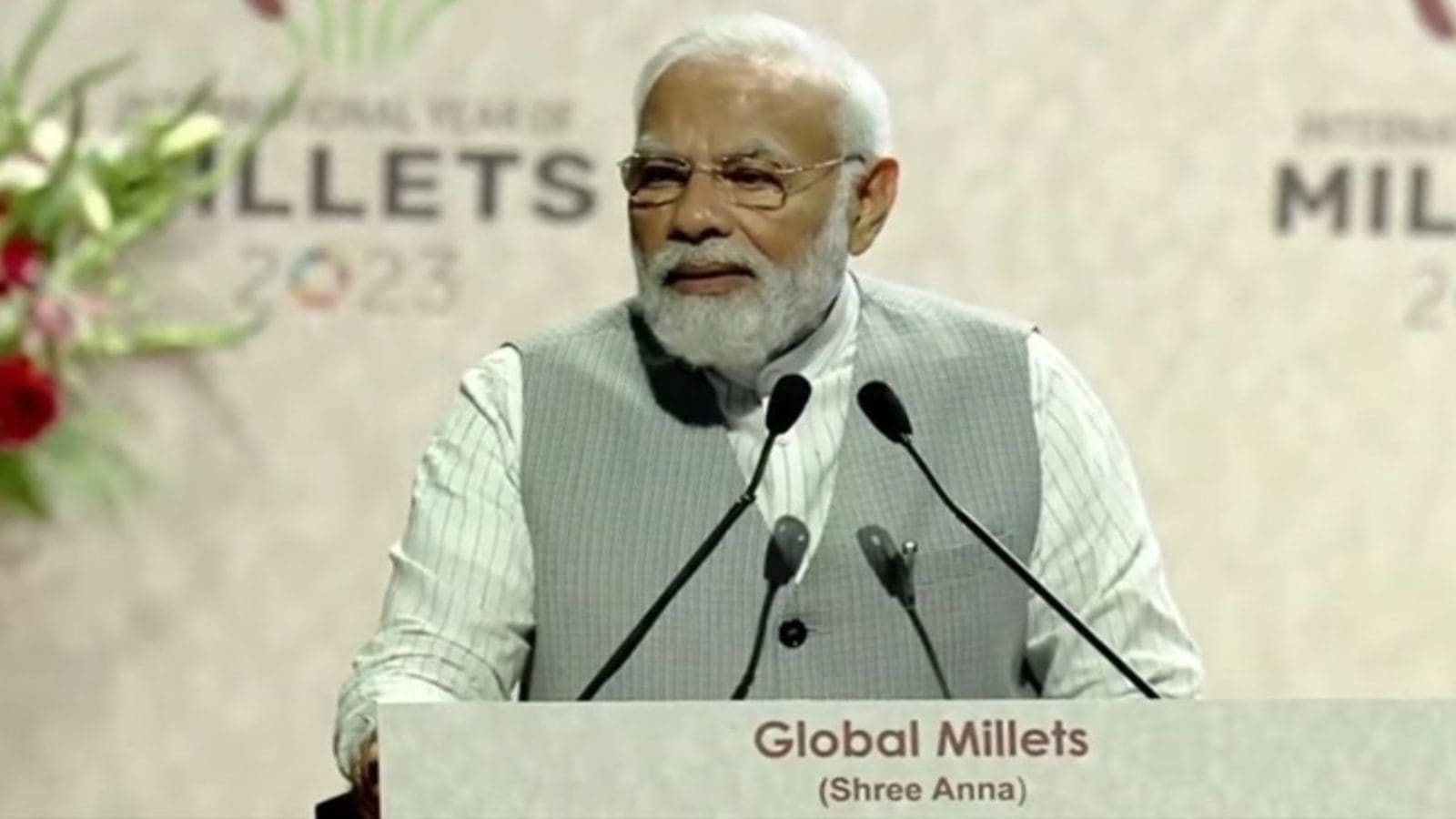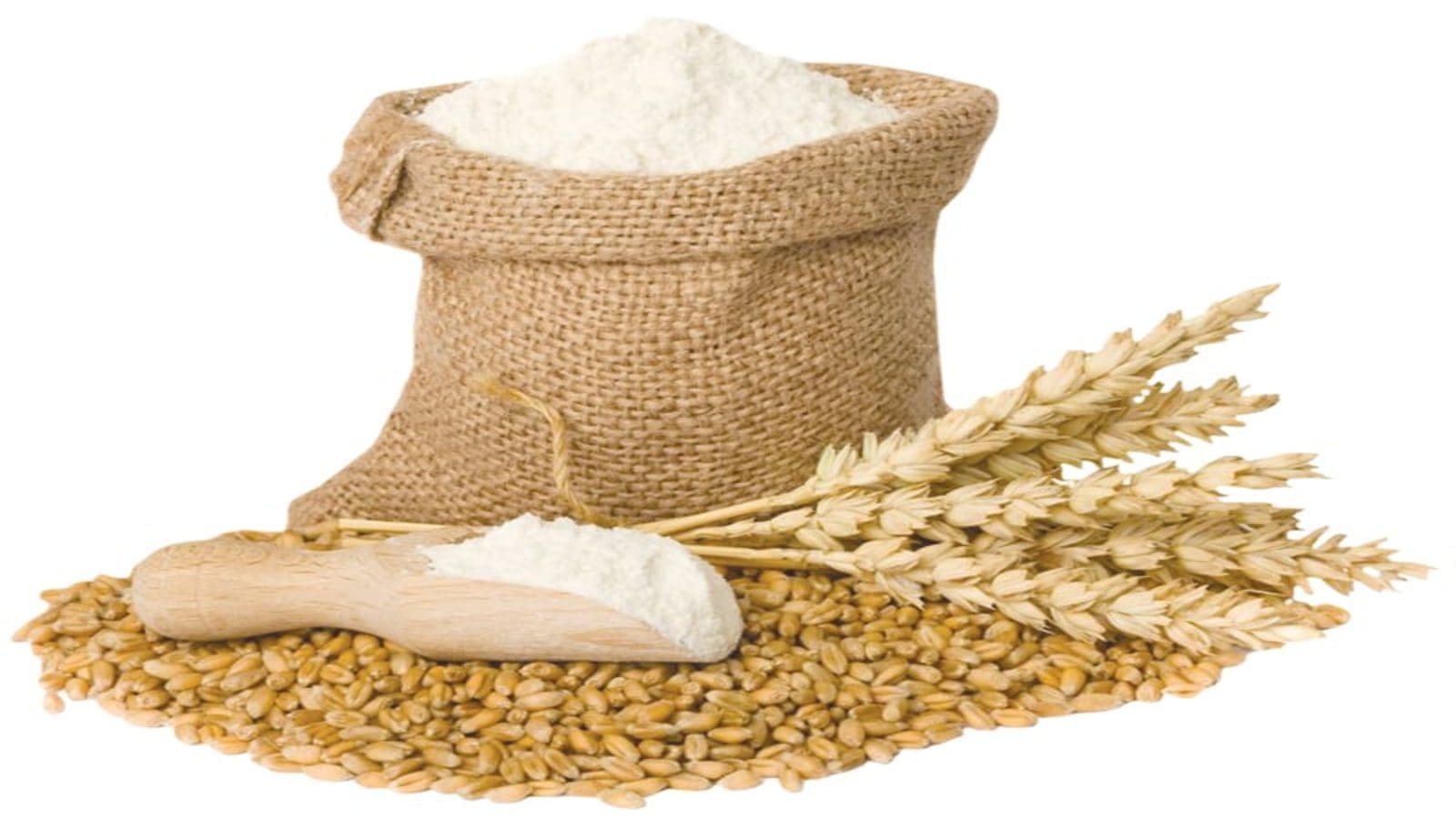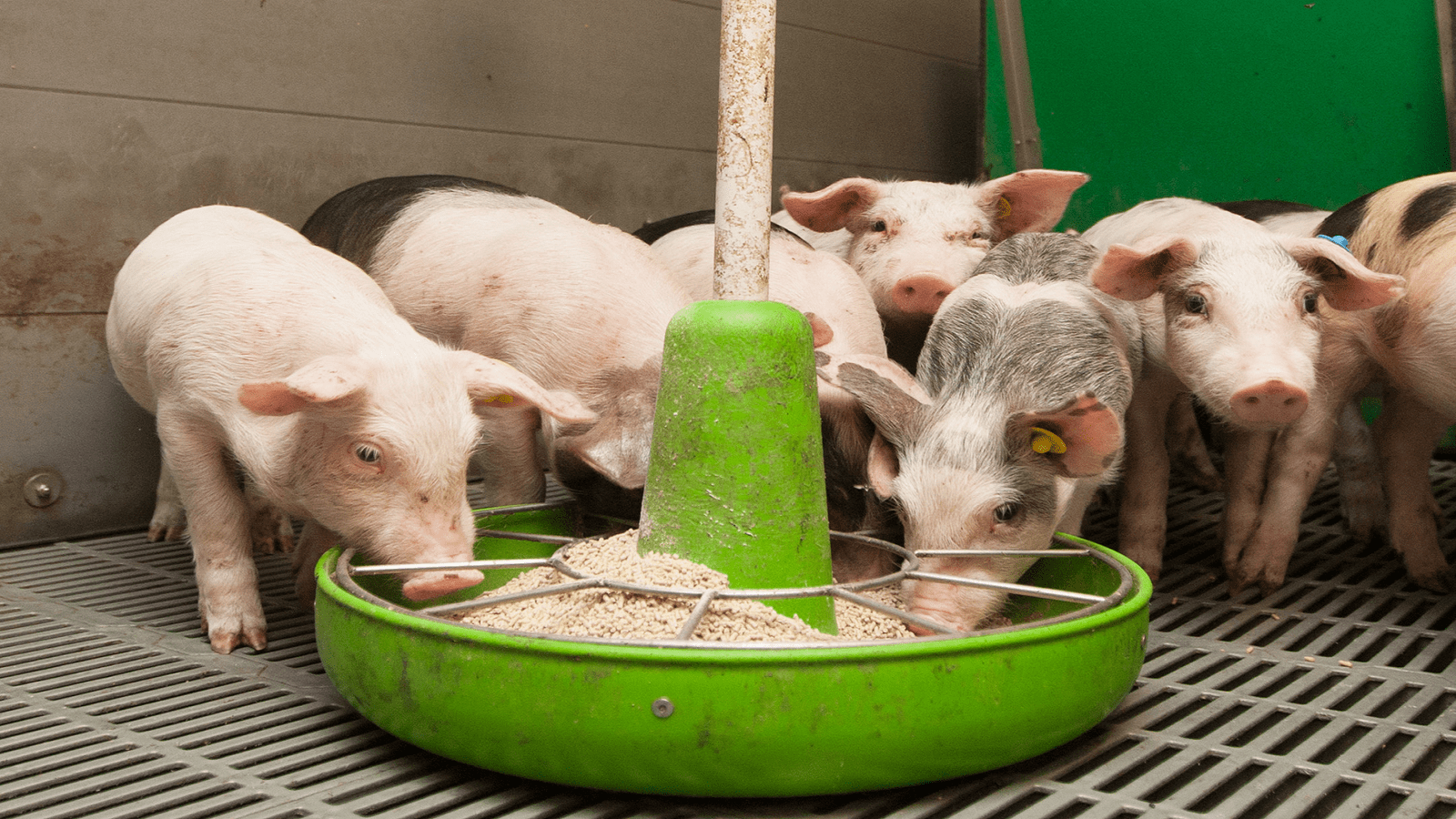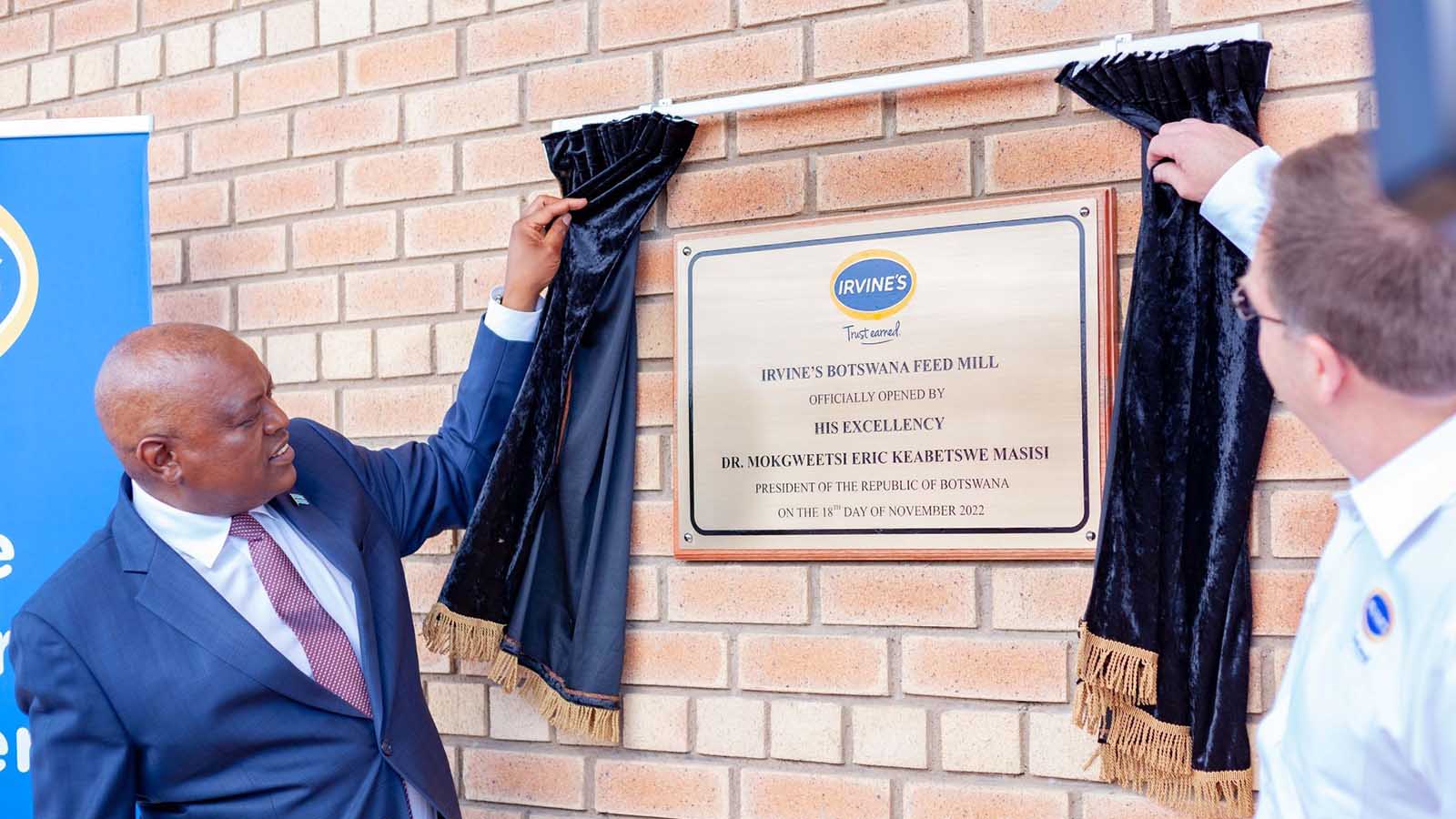INDIA- India hosted a Ministerial Round Table of millets after the Global Millets (Shree Anna) Conference launched in New Delhi on Saturday to strategize global production and consumption.
This round table saw ministers from Guyana, Mauritius, Sri Lanka, Sudan, Suriname, and Zambia participate in the meeting. The Permanent Secretary, Agriculture of Gambia and Maldives, and Director General, Millets Initiative, Nigeria, were also in attendance.
At the Round Table, the visiting ministers from major millets-producing countries shared the experience of their respective countries in promoting the production, consumption, and branding of millets.
They discussed the challenges facing millet production and recognized the benefits of closer linkage among major millets producing countries.
According to a press release from the Prime Minister’s office on Saturday, the attendees of the Round Table suggested that millets should be declared priority crops and have a place in all international meetings.
The release also provided that Guyana is embarking on a collaboration with India for scalable millet production by earmarking 200 acres of land for exclusive millet production.
India will provide technical guidance, technology, and capacity building to countries like Guyana interested in scaling up millet production.
India intends to increase the consumption of millet in the country and beyond, after it dwindled, dropping from around 40% of all cultivated grains to about 20% over the years due to the push given to food security through Green Revolution in the 1960s,
Persistent efforts yield international year of millets
India held the Global Millets (Shree Anna) Conference celebration of 2023 as the International Year of Millets (IYM), after consistent efforts by India to have the United Nations declare the year as such.
The declaration of 2023 as the International Year of Millets will enhance awareness of the place of millet in food security and nutrition. It will also promote investment in R&D, and inspire stakeholders towards improving production, productivity, and quality of millets.
During the launch of the Global Millets Conference, Prime Minister Narendra Modi said “India’s Millet Mission will become a blessing for 2.5 crores (25 million) marginal farmers. After Independence, this is the first time that a government was paying attention to the needs of millet-producing farmers.”
Prime Minister Modi highlighted the challenge of food security for the poor in the Global South and diseases linked to food habits in the Global North.
“On one hand we have the problem of food security, and on the other hand the problem of food habits”, he said as he pointed out the concerns about the heavy use of chemicals in the produce.
According to the Prime Minister, millets (Shree Anna) have a role in ensuring global food security, because they take a comparatively short time to cultivate, are nutritious, and can prevent lifestyle-related diseases.
Millets are nutritionally superior to wheat and rice owing to their higher protein levels and a more balanced amino acid profile. They also contain various phytochemicals with anti-inflammatory and anti-oxidative properties.
Moreover, millet grains are rich sources of nutrients like carbohydrates, and dietary fiber, and minerals like calcium, potassium, magnesium, iron, manganese, zinc, and B complex vitamins.
India to boost production and consumption of millet
According to Narendra Singh Tomar, Union Minister of Agriculture and Farmers Welfare, India is the largest producer and second largest exporter of millet globally.
During the last five years, India produced 13.71 to 18.02 million tonnes of millet, primarily cultivated in 12-13 states.
Additionally, India exported 104,146 metric tonnes of millet during the export year 2022-23 (April to November) worth Rs 365.85 crores.
India’s push to popularize millets has been in the works for the last decade; when the government-mandated support price (MSP) for millets became higher than that of the country’s staple foodgrain crops of paddy and wheat.
However, according to Agriculture policy analyst Devinder Sharma, the earnings of millet farmers are still low even with the new MSP.
Sharma believes people have already developed an interest in millet, and clever marketing campaigns can help boost consumption of the ancient, humble grain.
To promote millets and meet the additional demand for millets, the government will ramp up efforts towards implementing a Sub-Mission on Nutri-Cereals (Millets) under the National Food Security Mission (NFSM) in 212 Districts of 14 States since 2018-19.
Along with focusing on research and innovation in production, the government is encouraging farmers’ associations (FPOs) to increase aggregation, production, and processing.
“We must carry out R&D in all areas of the value chain of millets and bring together the knowledge of production, processing, and storage and make it available to the consumer,” said Vijaya Lakshmi Nadendla, Joint Secretary, Ministry of Agriculture and Farmers Welfare.
For all the latest food industry news from Africa and the World, subscribe to our NEWSLETTER, follow us on Twitter and LinkedIn, like us on Facebook and subscribe to our YouTube channel










